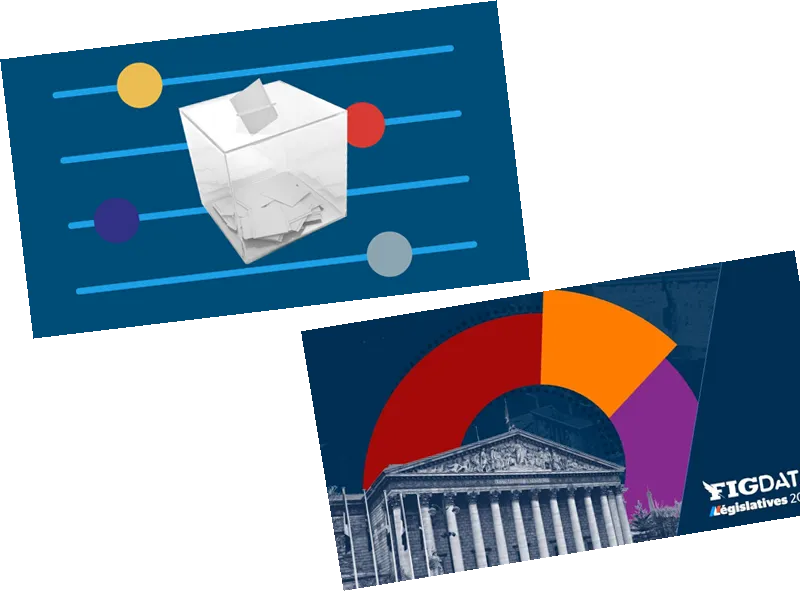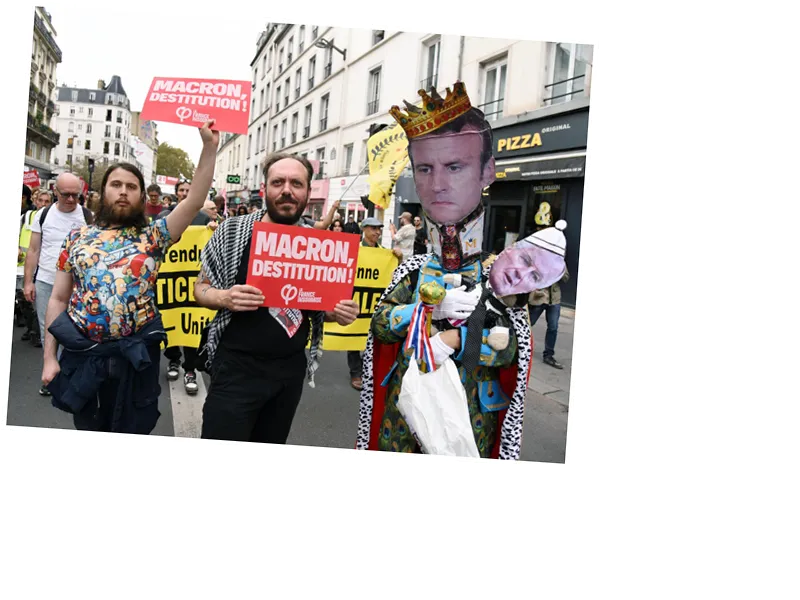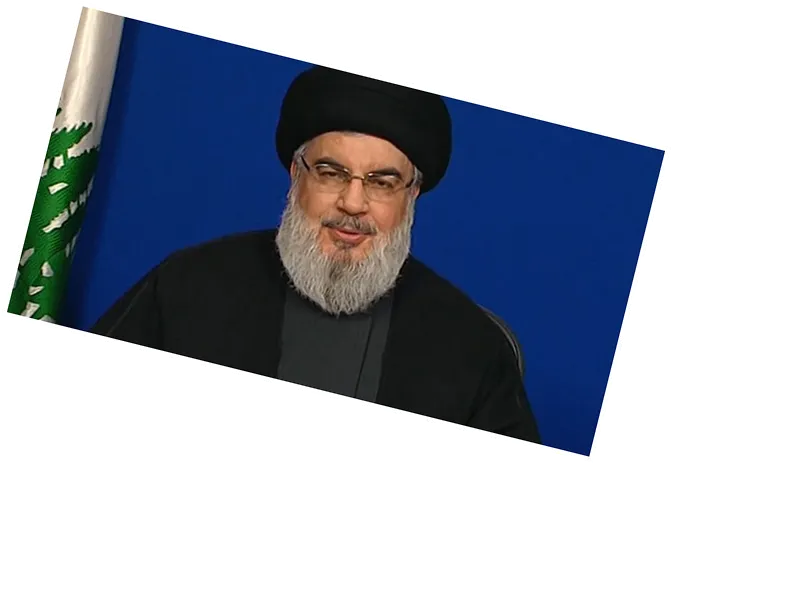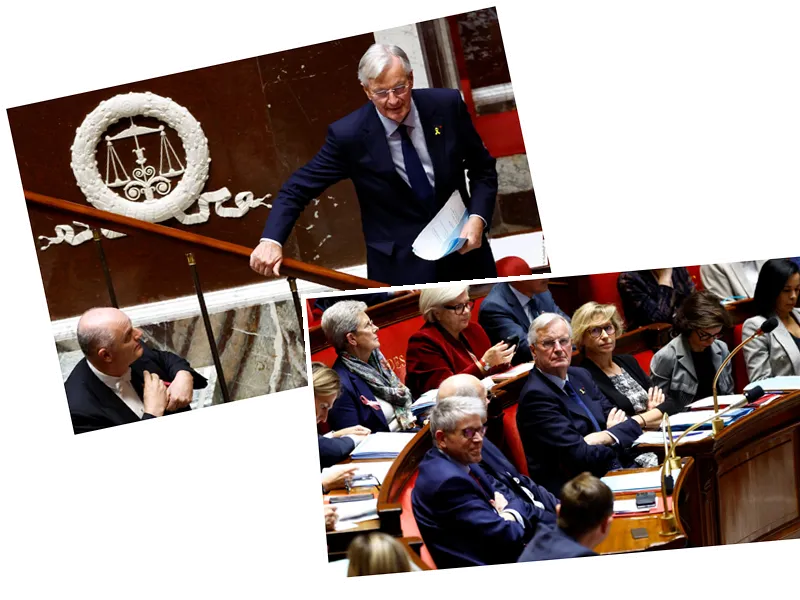France's Legislative Elections: A New Political Landscape
The recent legislative elections in France have resulted in a significant shift in the political landscape. The New Popular Front (NPF) has emerged as the leading force in the National Assembly, securing nearly 180 seats. This outcome was unexpected, as many had anticipated the National Rally to take the lead. The presidential bloc Ensemble follows with 162 seats, the National Rally with 143, and The Republicans along with the Divers right securing 63 seats. Despite these gains, none of the major political groups have achieved a clear majority in the lower house of Parliament.
Navigating a Fragmented Parliament
This unprecedented situation under the Fifth Republic is likely to compel political representatives to form coalitions to govern effectively, pass laws, and avoid legislative gridlock. However, forming these coalitions may prove challenging. The New Popular Front has consistently stated that it will only implement its own program, while the Macronists have declared they will not govern with the rebels. Similarly, the Republican right has vowed not to compromise by making pacts with former adversaries.
To provide clarity and assist in understanding potential outcomes, a coalition simulator has been developed. This tool allows users to select various political labels and calculate the total number of deputies from these groups, aiming to reach the 289-seat threshold required for an absolute majority in the National Assembly. For instance, a grand coalition extending from the Mélenchonist left to Ensemble and its allies would result in 354 seats, well above the necessary majority. Alternatively, if the New Popular Front were to dissolve its alliance with France Insoumise, a coalition from the communists to the presidential bloc would come close to 289 seats. In such a scenario, center-right Republican elected officials could join to achieve an absolute majority.
The political nuances used in this simulator correspond to the classifications assigned by the Ministry of the Interior during the submission of applications. For example, the Miscellaneous Left category includes left-wing elected officials who do not affiliate with any party, as well as rebels not officially endorsed by their party during the elections.
Historical Context and Future Implications
The concept of a 'republican front'—withdrawals to block the National Rally—played a role in the recent elections, with some envisioning its extension within the National Assembly. This approach, though unprecedented in the Fifth Republic, was last seen between 1947 and 1951 when various political groups united to oppose the communists and the Gaullists. A similar grand alliance today, spanning from the non-Melenchonist left to the right via the Macronists, would secure 347 deputies, far exceeding the absolute majority. However, the NPF has currently ruled out this possibility.
Other potential coalitions, such as one combining the National Rally with part of the right or an alliance between the former presidential majority and The Republicans, would fall short of the necessary majority, highlighting the complexities and challenges of forming a stable government in the current political climate.






